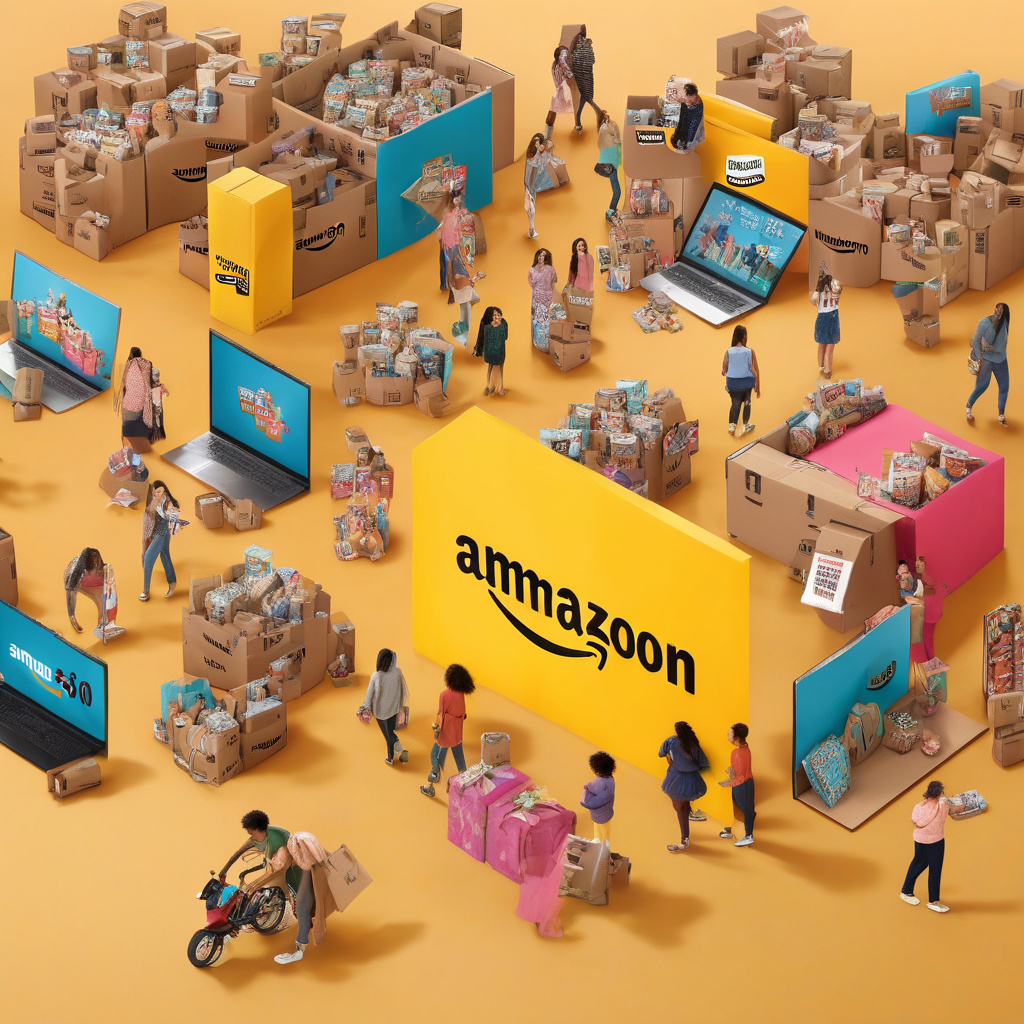Amazon’s Prime Day Event: A Strategic Move Amid Tariff Uncertainty
Amazon, the e-commerce giant, recently made headlines by announcing an extension to its highly anticipated Prime Day event. This year, the event will span four days, offering customers a prolonged period to take advantage of exclusive discounts and deals. The decision to extend Prime Day comes at a crucial time when both U.S. shoppers and retailers are grappling with uncertainties surrounding the impact of tariffs on prices and product availability.
Rob Garf, the senior vice president of strategy and insights at retail marketing firm Cordial, highlighted the significance of Amazon’s move in the current economic landscape. With tariffs looming overhead, consumers are wary of potential price hikes on a wide range of products. In such a scenario, Amazon’s extended Prime Day presents itself as a strategic initiative to attract budget-conscious shoppers and alleviate concerns about escalating prices.
Prime Day, which initially started as a one-day sales event, has evolved into a major shopping extravaganza that rivals Black Friday and Cyber Monday. By extending the duration of Prime Day to four days, Amazon aims to further solidify its position as a retail powerhouse and drive higher sales volumes. The extended timeframe provides customers with increased flexibility to browse and purchase products across various categories, ranging from electronics and home appliances to fashion and beauty.
Moreover, the extended Prime Day event is not only a boon for consumers but also a golden opportunity for retailers and third-party sellers operating on Amazon’s platform. The surge in online traffic and sales during Prime Day presents a lucrative chance for sellers to showcase their products, boost visibility, and drive conversions. Retailers can leverage Amazon’s expansive reach and marketing capabilities during Prime Day to maximize their sales potential and reach a broader audience of engaged shoppers.
In addition to offering discounts on a myriad of products, Amazon’s Prime Day serves as a catalyst for promoting its proprietary services such as Amazon Prime membership. Prime Day deals are exclusively available to Prime members, incentivizing non-members to sign up for the subscription service to unlock access to the discounts. This strategy not only drives membership growth for Amazon but also fosters customer loyalty and retention in the long run.
As the retail landscape continues to evolve rapidly, with e-commerce gaining prominence and consumer preferences shifting towards online shopping, events like Prime Day play a pivotal role in shaping the future of retail. Amazon’s innovative approach to extending Prime Day amidst tariff uncertainties showcases its adaptability and responsiveness to market dynamics. By catering to consumer needs and expectations through extended sales events and exclusive offers, Amazon solidifies its position as a customer-centric and forward-thinking retailer.
In conclusion, Amazon’s decision to expand Prime Day to a four-day discount event comes at a strategic juncture, offering a ray of hope to consumers and retailers amid tariff uncertainties. The extended Prime Day not only promises exciting deals and discounts for shoppers but also presents a significant opportunity for sellers to boost sales and visibility. By leveraging the extended Prime Day event to drive customer engagement and sales, Amazon sets a precedent for innovation and adaptability in the ever-changing retail landscape.
prime day, amazon, tariffs, retail, e-commerce
